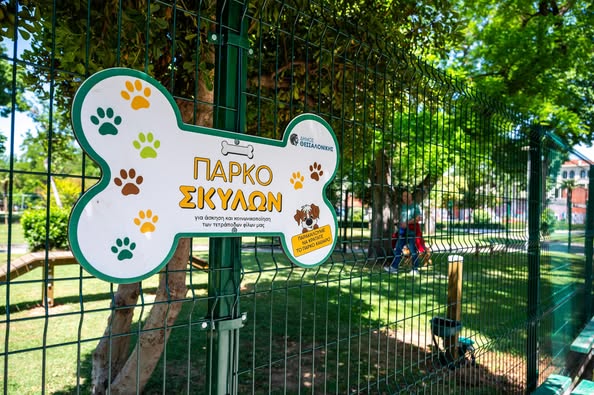
In a world where kids’ schedules are packed with extracurricular activities, homework, and screen time, something as simple as unstructured play can feel like a relic of the past. But it shouldn’t be. Letting kids have time to play freely – without rules, agendas, or interference -might just be the best thing we can do for their growth, happiness and future success.
Unstructured play is where creativity flourishes, problem-solving skills are born, and kids learn who they are and how they fit into the world. By making room for this kind of play, we give kids the chance to be just that, kids!
The Magic of Free Play
Think about the last time you watched a child completely absorbed in play. Maybe they turned a pile of blankets into a secret hideout or used markers and paper to create their own superhero. That’s creativity in action! Unstructured play invites kids to dream, experiment and problem-solve in ways that structured activities just can’t.
For example, my niece once spent an entire afternoon creating a “restaurant” out of old boxes. She designed menus, arranged “meals” made of leaves and flowers and even recruited family members as customers. Nobody taught her how to do it, she simply let her imagination take over. Moments like this build the kind of creative thinking that will help her tackle challenges for the rest of her life.
Problem-Solving in Action
Free play enhances children’s problem-solving abilities. As they build the tallest LEGO tower or manage the complexities of a group game, they continually learn to adapt and develop critical thinking skills.
I remember I once watched a group of kids trying to build a dam in a small stream. At first, their structure kept collapsing. They bickered, tried new ideas and (eventually) figured out how to work together to make it sturdy. They weren’t just having fun… they were learning resilience, teamwork, and how to tackle challenges head-on!
Supporting Social and Emotional Development
We all know life isn’t always easy. Unstructured play gives kids a safe space to navigate emotions like frustration, joy and even disappointment. In the sandbox or on the playground, they learn how to handle setbacks (like losing a game) and celebrate victories (like mastering a tricky climb).
These small moments teach kids how to process emotions and build the social skills they’ll need throughout life. Also, watching kids negotiate turns on the slide or come up with rules for a game might seem ordinary, but it’s actually the foundation of emotional intelligence!
What’s Getting in the Way?
Despite its importance, unstructured play is disappearing from many kids’ lives. Overscheduling, screen time and safety concerns are some of the biggest culprits.
Parents often feel pressure to enroll their children in sports, music lessons and tutoring to give them a competitive edge. While these activities have value, they can leave little room for free time. On top of that, tablets and phones often replace traditional play, making it harder for kids to develop the hands-on creativity and interpersonal skills that free play provides.
And let’s not forget safety. Many parents worry about letting their kids roam freely, especially if they don’t have access to safe outdoor spaces.
How Parents Can Encourage Unstructured Play
The good news is that encouraging unstructured play doesn’t require a huge time commitment or expensive toys. Here are some simple ways to make it happen:
1. Create Play-Friendly Spaces
Designate areas in your home or yard where kids can play freely. Indoors, this might be a corner filled with art supplies, building blocks or dress-up clothes. Outdoors, a simple backyard with a few loose parts (like sticks, buckets or old tires) can become a world of adventure.
2. Embrace the Mess
Unstructured play can get chaotic, and that’s okay. Let go of the need for everything to be tidy or perfect! A living room fort or a messy art project is a sign that creativity is happening.
3. Balance Structured Activities
It’s important to strike a balance between structured and unstructured time. If your child’s week is jam-packed with activities, try scaling back a little. Give them some space to just “be” and see where their imagination takes them.
4. Encourage Outdoor Play
Nature is one of the best playgrounds. Take your kids to a park, let them explore a nearby trail or even turn them loose in the backyard. Outdoor play sparks curiosity and gives kids the chance to connect with the natural world.
5. Limit Screen Time
While technology has its place, too much screen time can crowd out free play. Set boundaries around device use and encourage activities that don’t involve screens.
And Let Kids Be Kids!
Unstructured play is vital for kids’ development. It’s during these moments that kids learn to think creatively, tackle challenges, and develop the emotional resilience they’ll rely on throughout life. By allowing them to explore, imagine, and even make mistakes, we’re nurturing their growth into self-assured, capable individuals.
So, next time you see your child absorbed in play, whether they’re creating something, pretending or simply running free, hold back from directing their actions. Let them enjoy the magic of childhood.
After all, the most meaningful learning happens in the most unexpected moments!












